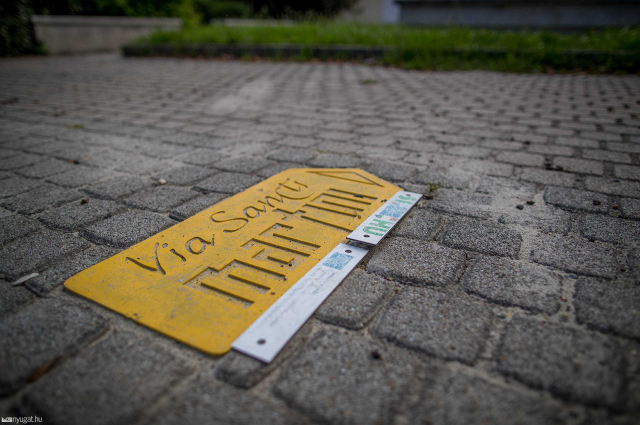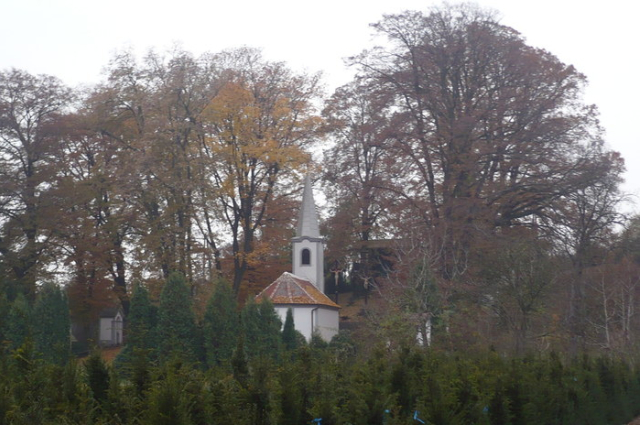
Stop point - Perenye

Archaeological evidence shows that the village was inhabited as early as the Bronze Age. In later times the Celts and later the Romans settled in the area. Parallel to the road between Szombathely and Kőszeg, a Roman military road, along which villas were built, ran through the bottom of the western gardens. The settlement was first mentioned in 1333 as Pyrennye in the border between Pöre and Etelföld. In the Middle Ages, the castle of Mocsvár stood on its border, the memory of which is preserved in the name of a dyke. It may have been an Árpád-era earthwork castle, consisting of an earthen rampart and a wooden tower. Today there is no trace of it. The village used to belong to the Németújvár family. In the 16th century the village was owned by the Batthyány, Csoron and Szentiványi families, and later by the Batthyánys. In 1549, the village paid taxes on 36 and a half portions. In 1698 it had 266 inhabitants, in 1787 it had 71 houses with 361 inhabitants.
According to András Vályi "PERENYE. Prinnersdorf. German village in Vas Vármegye, landed Lord H. Batthyáni, and several Lords, its inhabitants are Catholics, lying near German Gents, whose branch, border land is mediocre."
According to Elek Fényes, "Perenye, Premendorf, Hungarian village, Vas vmegye, 483 cath. inhabitants, with good land, in the manor of Rohonczi. P. Kőszeg."
In 1910 it had 846 inhabitants.
Source: Wikipédia
Attractions:
- Church of St Agota - built in 1756, decorated in Baroque style. The church was built in 1756 and is decorated in 1756. Her figure can be seen on the village coat of arms. In one hand, she holds the pincers with which she was tortured, and in the other, a palm branch, the symbol of martyrdom. Saint Agotha is one of the 14 saints who helped.
- Chapel of Saint Vendel
- Chapel of St John of Nepomuk
- Perenye


